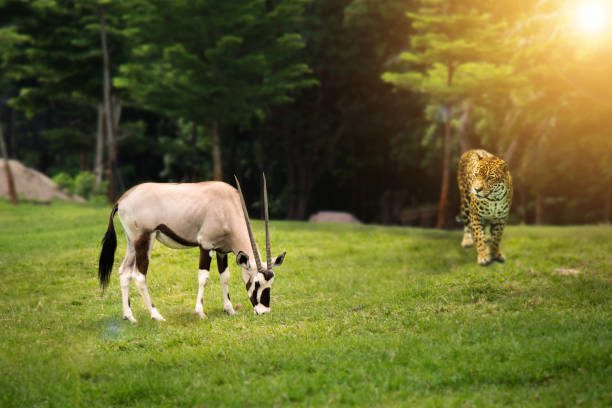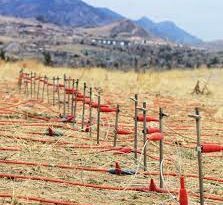Developing a Wildlife Policy and Laws
Concept of wildlife management including wildlife policy is entrenched in three approaches viz: control of wildlife population; maintenance of wildlife habitat; and management of people to protect wildlife, the most critical of which is the last.
To achieve human management in a way that strikes a balance between the needs of man and the requirements of wild species, the promulgation and enforcement of adequate and effective legislation could not be over-emphasized.
Wildlife policy is a legal statement that provides a set of orientations and principles of actions to guide and determine future decisions in relation to conservation and sustainable use of wildlife resources for the benefit of society from the social, economic and ecological viewpoints.
Developing a Wildlife Policy
A policy provides a set of orientations and principles of actions to guide and determine future decisions in relation to the conservation and sustainable use of natural resources for the benefit of society from a social, economic and environmental viewpoint.
A wildlife policy specifically provides guidance for planning, resource allocation as well as legal reforms related to the wildlife sector. The policy represents the consensus among all relevant stakeholders on wildlife management objectives in the country.
While the national wildlife authority will most likely lead the process of policy development, the responsibility to undertake activities to reach the identified policy objectives may be allocated to different governmental and non-governmental actors. The national wildlife authority will remain in charge of overseeing that the policy goals are achieved.

Policy Statement
The nation’s rich biodiversity shall be conserved to provide essential goods and services for sustainable development.
Strategies
Identify, delineate and inventorize species and sites of conservation interest. Develop in-situ conservation areas as National Parks, Game Reserves, Strict Nature Reserves, Sanctuaries and Cultural Heritage Centre’s.
Read Also : Forest and Wildlife Policy, Law and Administration
Developex-situ conservation areas– Zoological and Botanical Gardens, which are to serve as centres for genetic improvement of endangered species.
Promote Herbarium/Arboretum establishment– support the establishment and development as both national and state priority.
Develop transparent mechanisms for responsibility and benefit sharing among Federal, States and Local Governments and Communities and other stakeholders.
Enforce forestry legislation including laws on export of flora and fauna. Initiate the development and dissemination of relevant awareness and education materials on biodiversity conservation.
In conclusion, wildlife policy is a legal statement that provides a set of orientations and principles of actions to guide and determine future decisions in relation to conservation and sustainable use of wildlife resources.
Read Also : Classification of Livestock Diseases and Methods of Transmission



